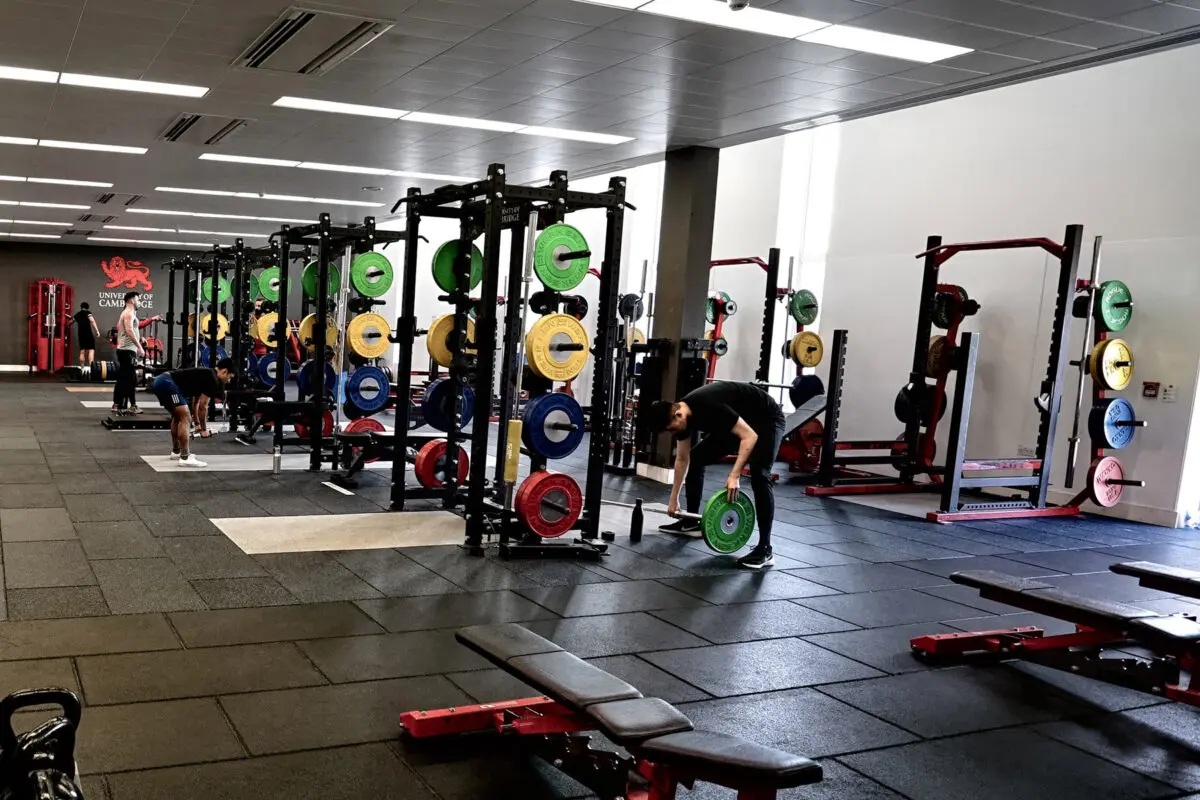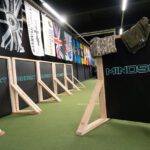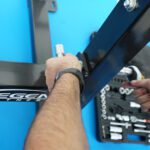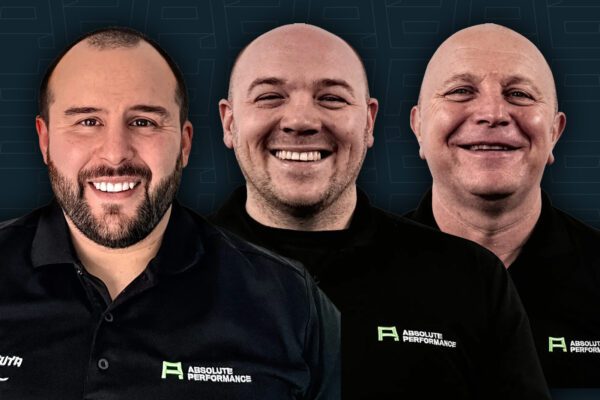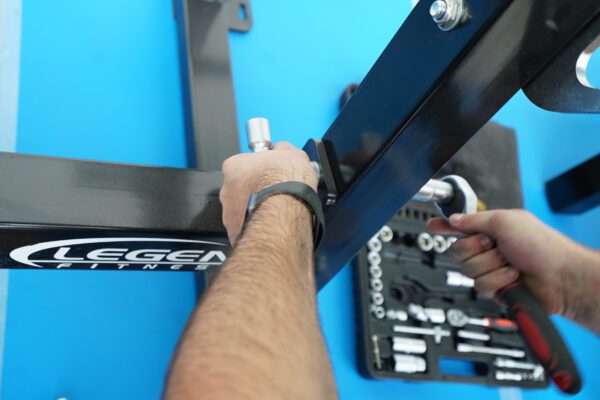For members with health or physical considerations, the gym can be much more than just a place to work out – it can be a space of empowerment. To support these users, gyms must adapt to meet individual needs – regardless of their starting point – to help them find strength and confidence. The question is: how can health clubs ensure they’re creating inclusive gym spaces that meet the needs of everyone who walks through their doors?
Inclusive Gym Spaces
Creating a welcoming environment goes far beyond meeting regulatory requirements. A thoughtful gym design can make members feel comfortable, confident and capable. Equipment should be spaced out to allow easy navigation, particularly for individuals using wheelchairs or crutches. Machines with adjustable settings, additional supports, or safety features like kill switches can make workouts safer and more accessible. Equipment such as upper body ergometers, specialist benches and clearly marked, colour-coded weight plates can greatly enhance usability for members with specific needs.

Adapting How We Train
Even the best equipment won’t help if someone doesn’t know how to modify its use to suit a member’s specific needs. One of the most significant keys to success is having knowledgeable, approachable trainers and staff who are willing to provide guidance. Health clubs and gyms should offer specialised classes tailored to specific user groups – such as teens, wheelchair users, or elderly members – to ensure a safe and positive experience while fostering a sense of community within the gym.
Challenges Along the Way
Building an inclusive gym space comes with its share of challenges. One major hurdle is the gap in many entry-level certifications, which often don’t cover training members with unique needs in enough depth. For instance, youth training requires an understanding of long-term athlete development models, enabling coaches to adapt workouts for different stages of growth and maturation. Similarly, working with post-operative clients or elderly members calls for expertise in modified strength techniques and rehabilitation principles. Without this specialised knowledge, trainers can feel underprepared to support these individuals effectively.
That’s why investing in advanced education and training is essential. In collaboration with Ed Archer of Athlete Academy, we offer courses designed to equip trainers with the skills and expertise needed to work with clients of all abilities and health statuses. When trainers are empowered to adapt exercises and create personalised programmes, they can help every member progress toward their goals with confidence and safety.
View our range of courses here.
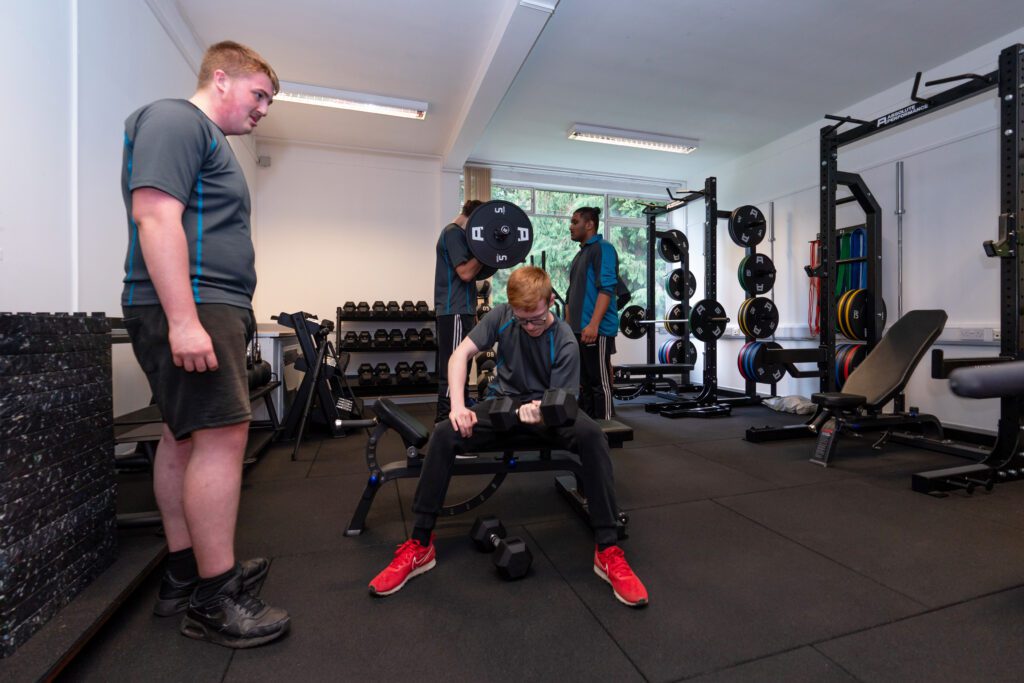
Real-World Examples
At Absolute Performance, we’re proud to see how our equipment and expertise make a difference. This year, as an official supplier for the Paris Olympics, we provided Team GB’s training camps with elite strength and conditioning equipment. Excitingly, this same equipment transitioned seamlessly to support the Paralympic team, demonstrating how accessible and adaptable our designs are.
Closer to home, we partnered with Wiltshire Schools to incorporate upper body ergometers with removable seating and wheelchair-friendly adjustments. This setup allowed teens of varying abilities to participate in the gym, helping them build not just strength but also self-esteem and confidence.
Fitness for All
By focusing on inclusive gym spaces with accessible layouts, adaptable equipment and ongoing staff training, health clubs and gyms can create environments where everyone feels supported and capable of achieving their best. Contact us to learn how we can help you create an inclusive gym space for your users.

